Chinese scientists have revealed their new findings about the origin of initial oxygen on the early Earth, suggesting it may mainly derive from rocks.
Previous studies have shown that early Earth experienced an atmospheric oxygen-rising event, the Great Oxidation Event, about 2.33 to 2.45 billion years ago, during which a large amount of oxygen was produced through oxygenic photosynthesis by cyanobacteria.
The abiotic origin of oxygen which existed prior to the event has also been largely studied and is conventionally thought to have been associated with water dissociation.
A research team from the Guangzhou Institute of Geochemistry under the Chinese Academy of Sciences proposed their new insights that oxygen in the early Earth atmosphere may come from rocks interacting with water, rather than water alone after they performed elaborate lab experiments.
In a simulated early Earth atmosphere, the team used an isotope-labeling technique to track oxygen derived from the interfaces between water and abraded quartz, a silicate-similar mineral. They found that oxygen mainly originated from the mineral surface, while only little from water dissociation.
"Mechanical forces in various geodynamic processes, such as earthquake and erosion, deform minerals to produce surface radicals for releasing oxygen through interaction with water, thus providing initial oxidants and oxygen for early life on Earth and its evolution," said He Hongping, the team leader at the institute.
He noted that mineral-based production of oxygen could potentially occur on other Earth-like planets.
The findings have been published this week in the journal Proceedings of the National Academy of Sciences (PNAS).










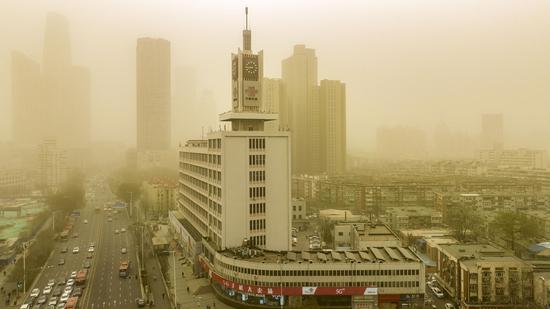


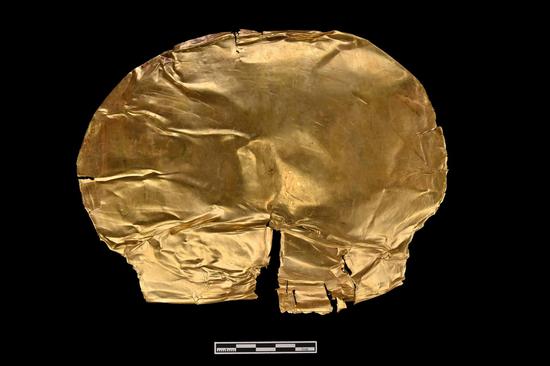
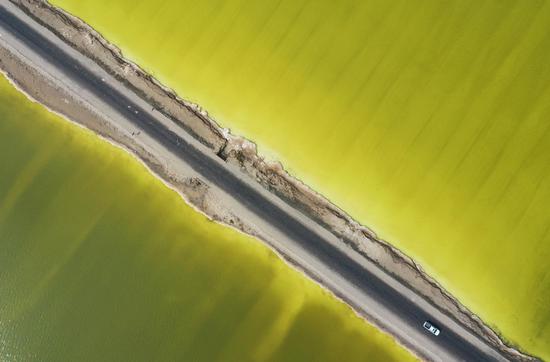


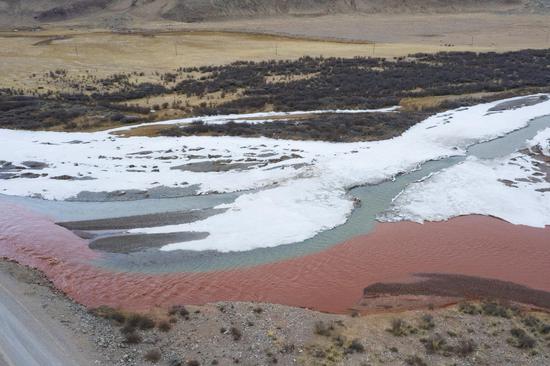
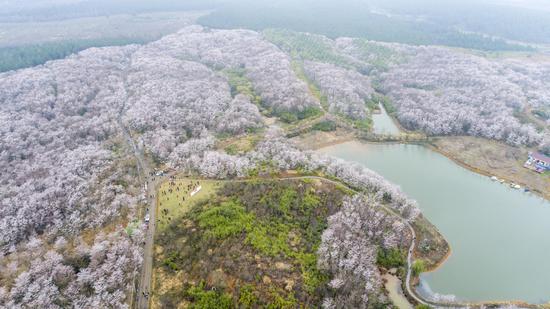








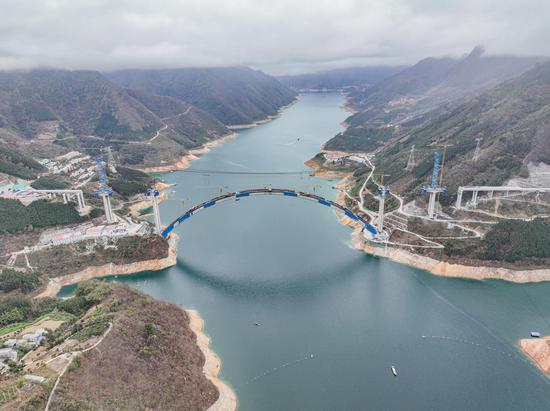
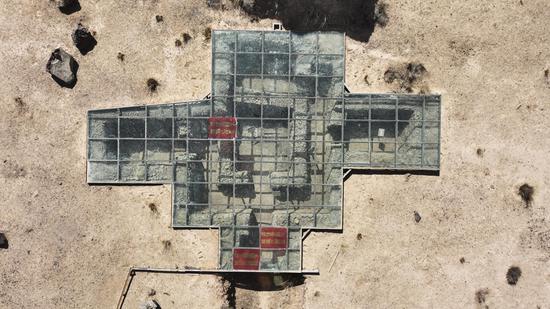

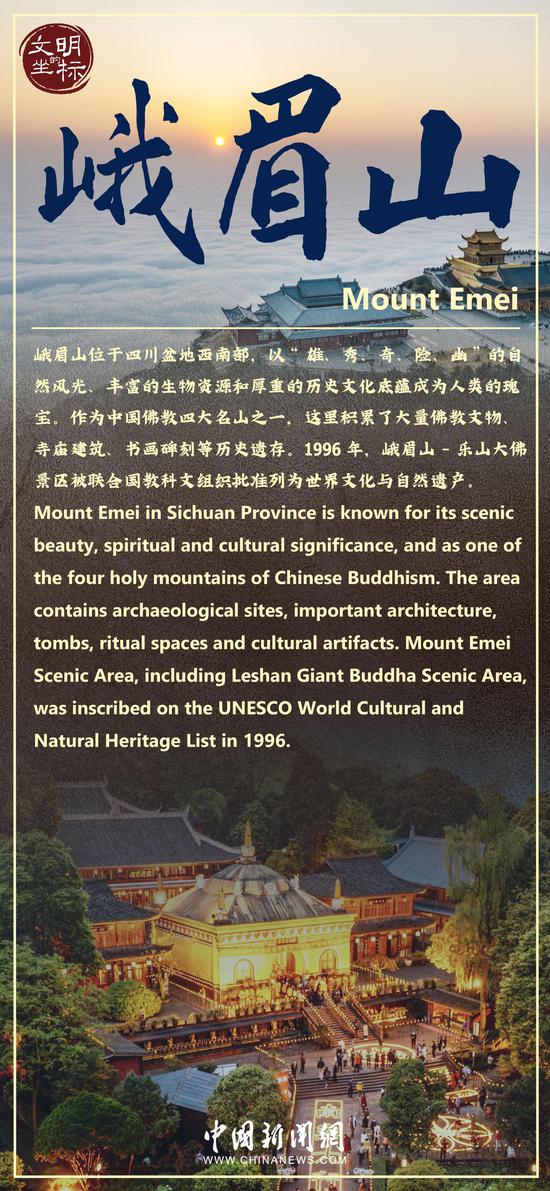



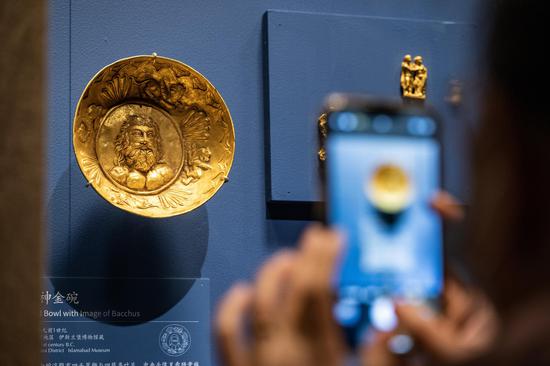



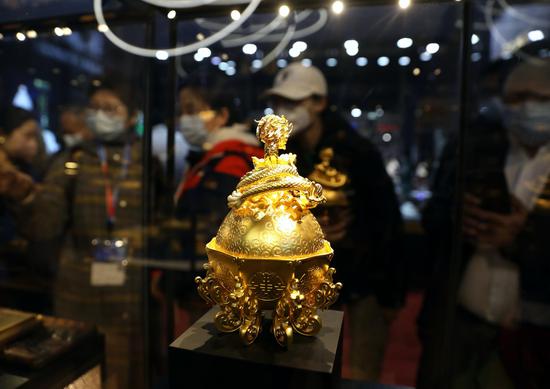


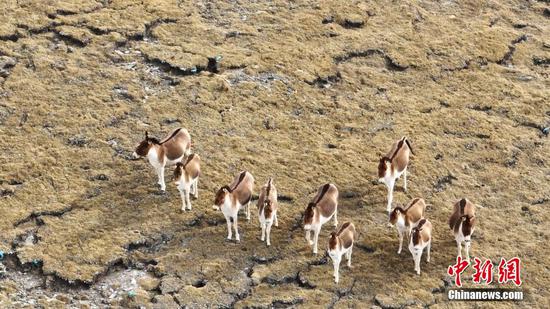

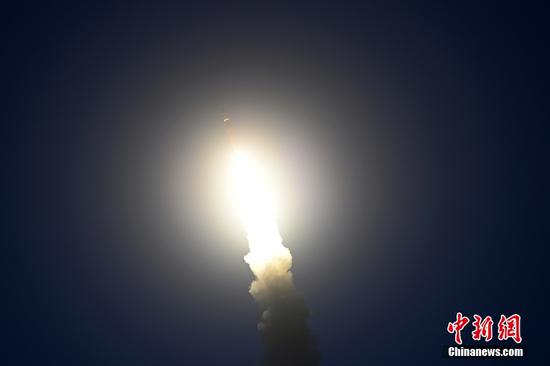
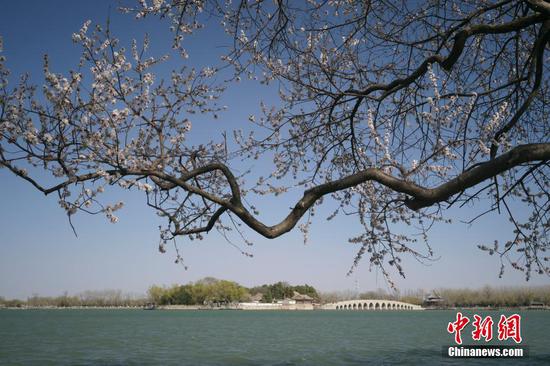





 京公网安备 11010202009201号
京公网安备 11010202009201号